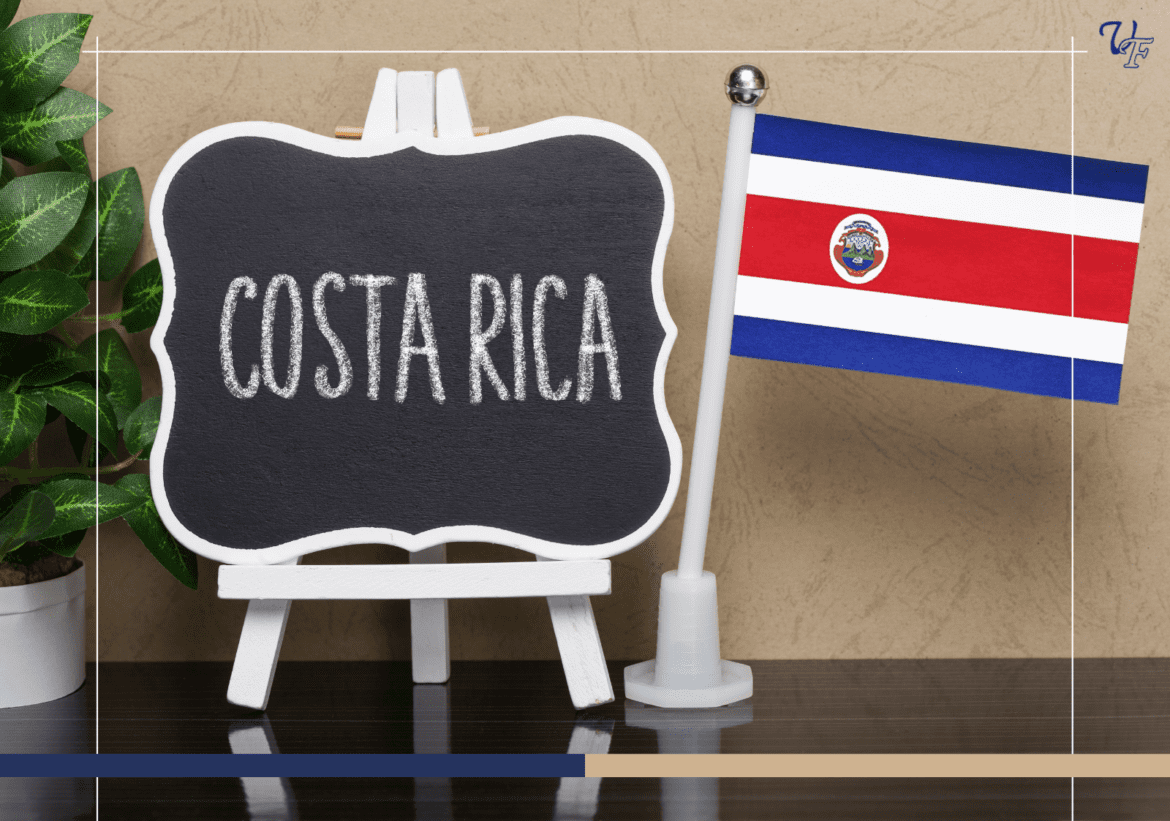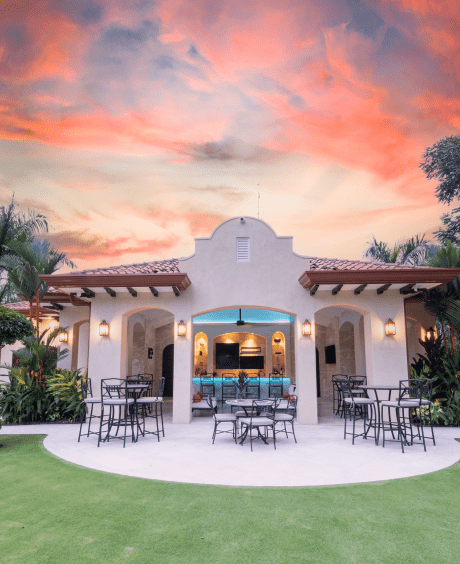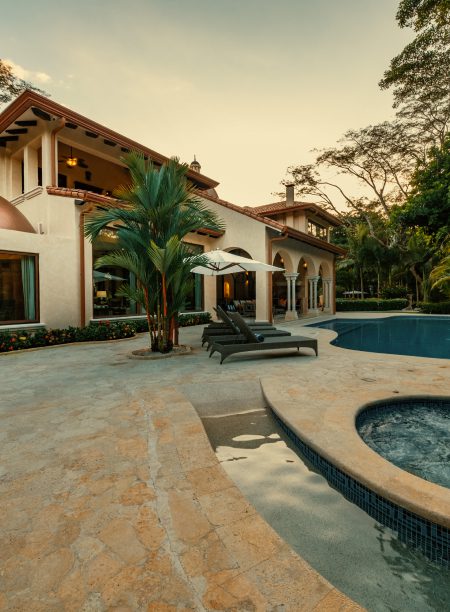Tourism is one of the world’s most significant economic outcomes and sources of employment. However, tourism is a very complex industry, consuming many resources.
Tourism can contribute to a destination’s socioeconomic, economic, cultural, environmental, and political development. On the contrary, unchecked tourism growth can seriously affect natural resources, pollution levels, resource consumption patterns, and social systems. Thus, sustainable and regenerative planning is the need of the hour for the tourist industry to survive.
Sustainability and Tourism
Sustainability is a societal goal that aims for humans to exist on Earth safely for an extended period. Environmental, economic, and social development are the three pillars of sustainability.
The World Tourism Organization (WTO) has defined the concept of sustainable tourism as “Tourism that takes full account of its current and future economic, social and environmental impacts, addressing the needs of visitors, the industry, the environment, and host communities.”
The environment-conscious traveler, however, has realized that just reducing carbon footprints is not enough to roll back the damage done to the environment. This realization has contributed to the popularity of regenerative tourism in recent years. Regenerative tourism is a more environmentally friendly way of exploring new places. The main goal is for visitors to positively impact their vacation destination by leaving it in a better condition than they found it. Regeneration is a concept that goes beyond “not harming” the environment and aims to actively revitalize and regenerate it, resulting in positive impacts on local communities and the economy. Regenerative tourism is the next step forward from sustainable tourism.
Sustainable Tourism vs. Regenerative Tourism
As far as the difference between regenerative tourism and sustainable tourism is concerned, they both focus on different areas –
Sustainable Tourism
- Optimal use of resources to help in natural heritage conservation.
- Promote inter-cultural understanding & respect for traditions, values, and practices of the host communities.
- Distribute socioeconomic benefits at all levels so that economic benefits reduce poverty.
Regenerative Tourism
- Optimal use of resources in a way to leave them in a better condition than they were before.
- Focuses more on qualitative development, i.e., human well-being through eco-system well-being.
- Offer solutions to preserve and rebuild the tourism industry, local culture & biodiversity and improve local economies.
Sustainable Development Goals & Tourism
Costa Rica is one of the United Nations’ founding countries. Costa Rica is implementing the SDGs (sustainable development goals) at the national, regional, and local levels through the 2030 Agenda and Sustainable Development Goals framework.
With the implementation of the United Nations Development Assistance Framework (UNDAF), the UN is trying to identify the gaps and challenges Costa Rica faces to achieve sustainability. Tourism plays a significant part in this effort.
The notable milestones planned are:
- To position and implement the 2030 Agenda.
- To decarbonize the economy and adapt to climate changes through environmental conservation practices.
- To promote human rights by eliminating child labor, adopting equal marriage rights, and promoting inclusion of people with disabilities.
- To promote gender equality and reduce femicides in the country.
- To support mixed migratory flows in the country.
- To support SDGs with resource development in the country.
- To improve and strengthen the public infrastructure of Costa Rica.
Responsible Tourism at the National Level – Initiatives taken by Costa Rica
Costa Rica is known for ecotourism and sustainable practices. The country protects about 25% of the land as natural parks, refuges, and natural reserves. Many people in Costa Rica prioritize regenerative tourism, a more effective version of sustainable tourism. There are also certain governing bodies and private organizations that are promoting environment-friendly tourism in Costa Rica.
The Certification for Sustainable Tourism (CST) is a program coordinated by the Costa Rican Tourism Institute (ICT) that focuses on the tourism sector to promote sustainable practices.
The hallmarks of CST certification for responsible tourism are –
- Avoid the use of gas causing environmental damage and pollution.
- Implement actions for nature conservation and management.
- Follow proper waste management and handling to avoid negative impact on the environment.
- Recycle biodegradable products for reuse.
- Organize programs for water and electricity conservation.
- Promote awareness to take care of natural resources.
- Promote the country’s traditions and customs at all levels.
Responsible Tourism at the Regional Level
Initiatives taken by the Municipality of Garabito
Some of the initiatives taken for sustainable development by the municipality are:
- The Environmental Education Program, run by the Municipality of Garabito, carries out interactive sessions with students followed by reforestation activities in schools.
- They promote garbage collection on beaches.
- The Jaco Accessible Tourism program has built a ramp with recycled plastic for wheelchair users on Jaco and Herradura beaches so that people with disabilities can enjoy the ocean and surf.
- They declared Jaco Beach as a smoke-free beach to help reduce cigarette butts that pollute water bodies.
- They promote the ECOINS campaign, which consists of earning Ecoins for delivering segregated clean and dry garbage.
Initiatives taken by CATUCOSO (Chamber of Tourism and Sustainable Commerce of the Central Pacific)
It is an association working for the social, cultural, and economic development of the canton of Garabito by supporting sustainability initiatives & projects. The organization promotes environmental conservation by developing, implementing, and executing policies for the responsible use of resources.
- They are associated with 100+ merchants to promote regenerative tourism sector development.
- The CATUCOSO Reforestation program for native trees ensures sufficient food and habitat availability for the Scarlet Macaws.
- They opened the Punta Mala wildlife refuge in Playa Hermosa to avoid turtles egg theft.
- They created biological corridors that promote bird-watching and photographic tourism all year long.
- CATUCOSO created the “GARABITO SIENTELO” to promote well-being, sports, and cultural activities.
Responsible Tourism at Villa Firenze
At Villa Firenze, we play an active role in reducing our footprint on the environment and have in place many practices to promote responsible tourism.
Initiatives to Reduce Power Consumption
- At Villa Firenze, we have installed water heaters that use solar panels along with taping renewal electricity sources to cater to our energy demands.
- We use LED lights in the villa as they are environment-friendly, energy-efficient, and durable.
- We use an AI-enabled light system to conserve electricity and reduce energy waste.
- We provide our staff electric cars inside Los Sueños Resort and Marina to travel to work.
Initiatives to Reduce Non-Biodegradable Waste Production
- We follow the “Say No to Plastic” policy, so we do not use straws or single use plastics to serve drinks and beverages to our guests.
- We have a recycling program in place, so the villa’s garbage is segregated into different categories and then recycled.
Initiatives to Promote Equal Distribution of Economic Resources
- We believe in local employment; hence, all our staff members are from the local communities.
- Our chefs use local zero-kilometer ingredients, i.e., ingredients that are produced ecologically and organically in most dishes.
- The coffee we serve are from certified and sustainable vendors.
- We offer our guests a private RZR tour to Doña Marta and SODA in Bijagual to support small businesses.
- The owners of the villa invest in education and training programs with specialist staff from the USA to train and employ locals.
Conclusion
Costa Rica is famous for its exotic wildlife, lush rainforests, beautiful beaches, and the “Pura Vida” lifestyle. At Villa Firenze and in the larger Costa Rica region, we are committed to achieving 100% regenerative tourism. We aim to achieve this ambitious target by avoiding plastic, spreading awareness of sustainable tourism, supporting local employment, and promoting sustainable tourism.











